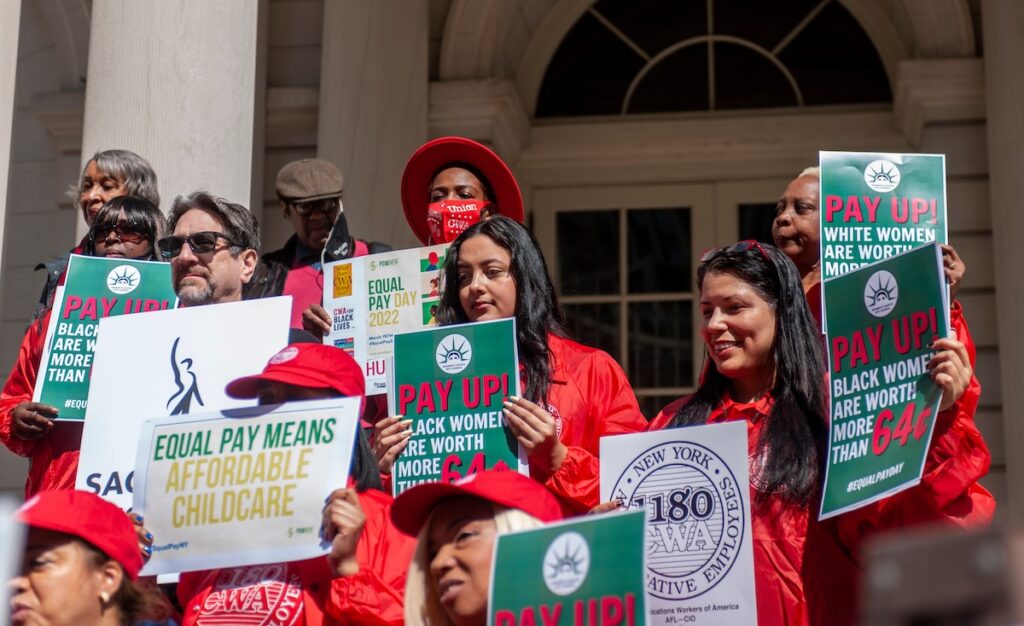The United States’ widening national gender pay gap should be a warning to Australia about the key factors that undermine gains.
Women earned just 80.9 cents for every dollar that men made in 2024, according to the latest US Census Bureau data. That’s down from 84 cents in 2022 and then 83 cents in 2023, marking two years of consecutive decline.
The latest Census findings come in stark contrast to Australia which recently celebrated its lowest gender pay gap on record, at 11.5 per cent as of August, according to the Australian Bureau of Statistics. The women’s workforce participation rate also hit a record high of 63.5 per cent.
The US figures represent a decline under the Biden administration and do not account for anticipated further declines in women’s earnings due to the second Trump presidency, especially given the damage to diversity and inclusion initiatives and significant job losses across the government sector. We can expect to see an even worse gender pay gap result in 2026.
Meanwhile, the US gender pay gap is much larger for women of colour, with black women taking just 65 cents for every dollar earned by men. Again, it’s a figure that’s expected to worsen, as the consequences of Trump’s executive orders come to light in the 2026 figures.
So what’s causing the decline?
It’s likely related to workplace changes, including return-to-work mandates following the pandemic that have hurt opportunities for women more than they have for men. According to a study of 3 million finance and tech workers, women were found to be almost 3 times more likely than men to quit a job after being ordered to work from an office. The analysis found many crossed into new industries or organisations, or even took pay cuts, in order to retain the option to work remotely.
This should signal a warning to Australian organisations, which have been increasingly taking up office mandates and/or increasing the days employees are required to work from an office.
A Westpac employee’s experience with orders to work from a head office, despite a regional office being closer to where she lives and the fact that she had mostly worked remotely since well before the pandemic, provides a key example of an Australian employer adjusting its expectations of workers to the detriment of those with caring responsibilities. The case was ultimately taken to the Fair Work Commission, which ruled that the worker could retain her right to work from home.
Another contributor to the decline in pay gap progress in the US is the cost of child care, which is now higher than average weekly rents in every state. It’s a factor that leads mothers of young children to drop out of the workforce or take on more part-time and casual work, resulting in longer periods out of the workforce and insecure work, making it harder to get back into better-paying roles with more promotion opportunities later on.
Unfortunately, we can expect further declines in progress on gender pay gaps in the United States in future years. Already in 2025, more than half a million women have left the workforce, while almost 400,000 more men are now participating. Another factor to watch is whether Trump will allow independent workforce data, as well as data on pay gaps, to be researched and published at all, given he sacked the Commissioner of the Bureau of Labour Statistics, Erika McEntarfer, when a weaker-than-expected jobs report was published in July.
In Australia, we’d be wise to consider what many believe is contributing to the decline, including the motherhood penalty, childcare costs, and restrictions on remote work.


